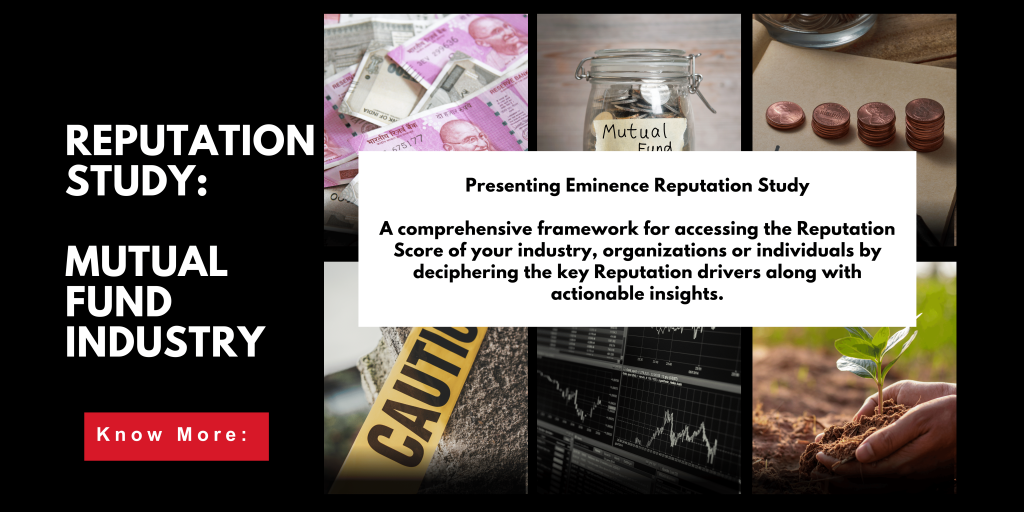Reputation Management Roadmap
Organisations invest crores of money, time and effort on brand building campaigns, which, at best, translates into strong brand recall. This recall helps them become a part of the “consideration set”, which means whenever a stakeholder wants to buy products or avail of certain services, he or she thinks of the brand. Not just that, the stakeholder might be keen to invest in the company or seek employment in it.
It’s the experience conveyed through various touchpoints like word-of-mouth feedback, online reviews, third party comments, that help stakeholders decide whether to transact with the company. That means consistent experience over a period of time builds, enhances and protects a company’s reputation and that reputation helps a company move from the “consideration set” to “conversion set.”
Negative episodes are inevitable in businesses even if companies take all the right precautions. During crisis, positive reputation acts as a cushion that protects the company to sail through tough times and bounce back. Earning that positive reputation is thus crucial.
For well-established conglomerates, a focused approach towards reputation management not only protects them during crises but also enhances their already established credentials, thereby strengthening its overall brand perception and stakeholder loyalty.
One of the Maharatna companies was eager to create a well-outlined roadmap for managing and protecting its reputation.
With this backdrop, Eminence initiated the process of reputation management by focusing on three aspects: positive storytelling, crisis management and social media.
≫ Creation of Response Force
To ensure that our discussions and suggestions are implemented in spirit, we formed a Response Force comprising specialists and senior team members from various streams covering plant operations, safety, governance, HR and so on.
We then started with onboarding, where the team members were sensitised about the concept of reputation and why the companies needed to be mindful of it. Here, we also covered how positive stories help companies build reputation that protects them in case of crisis. This Response Force would then help percolate the management to mid-level managers and on-site teams.
≫ Reinforcement Through Recommendation
This was followed by the reinforcement, where the Response Force team members convened for an exhaustive two-day workshop involving external specialists in the communications field and senior leaders. They made nearly 40 recommendations for the company’s reputation management. These recommendations were then fine-tuned and tightened to arrive at top 15 actionable points.
≫ Documentation of Reputation Policy
After considering the 15 actionable points and other insights from the Response Force team, we created a ‘reputation policy’ document. This outlined action items including short and long-term deliverables. It also included a crisis-management plan with specific scenarios divided as per the intensity and probability of the crisis. A plan of approach was suggested for each scenario, including team members to report the incident, have holding statements ready for social and traditional media, and other immediate corrective course of action. This document was circulated to the Response Force and subsequently the rest of the team members across all sites.
After concluding this exercise, the reputation policy was upheld as the roadmap for reputation management in times of crises. It addressed the most important aspect of creating a stronger network of communication between different sites and the corporate teams. The policy is now also a critical tool for preventing and managing crises.


